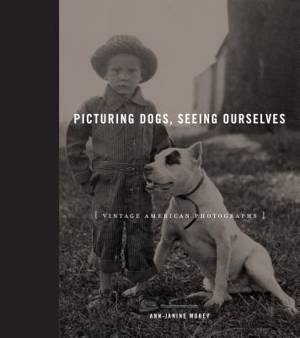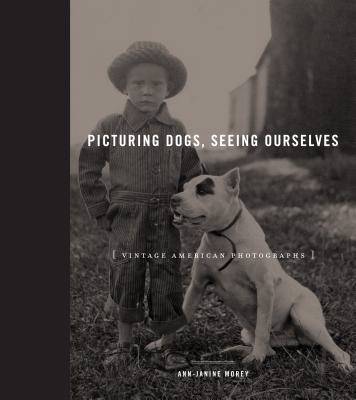
- Afhalen na 1 uur in een winkel met voorraad
- Gratis thuislevering in België vanaf € 30
- Ruim aanbod met 7 miljoen producten
- Afhalen na 1 uur in een winkel met voorraad
- Gratis thuislevering in België vanaf € 30
- Ruim aanbod met 7 miljoen producten
Omschrijving
Dogs are as ubiquitous in American culture as white picket fences and apple pie, embracing all the meanings of wholesome domestic life--family, fidelity, comfort, protection, nurturance, and love--as well as symbolizing some of the less palatable connotations of home and family, including domination, subservience, and violence. In Picturing Dogs, Seeing Ourselves, Ann-Janine Morey presents a collection of antique photographs of dogs and their owners in order to investigate the meanings associated with the canine body. Included are reproductions of 115 postcards, cabinet cards, and cartes de visite that feature dogs in family and childhood snapshots, images of hunting, posed studio portraits, and many other settings between 1860 and 1950. These photographs offer poignant testimony to the American romance with dogs and show how the dog has become part of cultural expressions of race, class, and gender.
Animal studies scholars have long argued that our representation of animals in print and in the visual arts has a profound connection to our lived cultural identity. Other books have documented the depiction of dogs in art and photography, but few have reached beyond the subject's obvious appeal. Picturing Dogs, Seeing Ourselves draws on animal, visual, and literary studies to present an original and richly contextualized visual history of the relationship between Americans and their dogs. Though the personal stories behind these everyday photographs may be lost to us, their cultural significance is not.
Specificaties
Betrokkenen
- Auteur(s):
- Uitgeverij:
Inhoud
- Aantal bladzijden:
- 248
- Taal:
- Engels
- Reeks:
- Reeksnummer:
- nr. 4
Eigenschappen
- Productcode (EAN):
- 9780271063317
- Verschijningsdatum:
- 29/08/2014
- Uitvoering:
- Hardcover
- Formaat:
- Genaaid
- Afmetingen:
- 206 mm x 236 mm
- Gewicht:
- 1156 g

Alleen bij Standaard Boekhandel
Beoordelingen
We publiceren alleen reviews die voldoen aan de voorwaarden voor reviews. Bekijk onze voorwaarden voor reviews.











